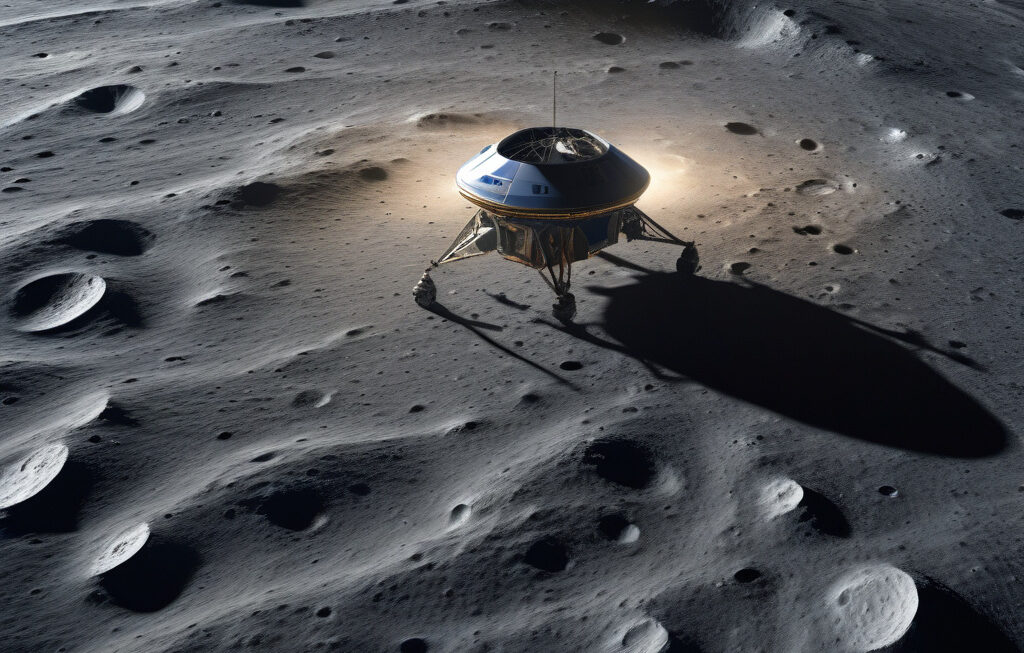A Violent Subglacial Flood Fractured Greenland’s Ice in a Never-Before-Seen Event
A massive subglacial flood punched its way through the Greenland Ice Sheet in 2014, but the repercussions of this event are still being felt today. This unprecedented incident shed light on the immense power and unpredictability of nature, showcasing how even the most stable environments can be rocked by sudden and dramatic events.
The flood, which was caused by the sudden release of water trapped beneath the ice sheet, carved out deep channels and fractures in the ice as it made its way to the ocean. The sheer force of the water was enough to lift ice blocks as large as cars and propel them downstream, leaving a trail of destruction in its wake.
Scientists studying the aftermath of the event were astonished by the scale of the damage and the speed at which it occurred. The flood carved out new pathways for meltwater to flow beneath the ice, potentially accelerating the rate of ice loss in the region. This event served as a wake-up call, highlighting the need for further research into the dynamics of subglacial hydrology and its impact on ice sheet stability.
The implications of this event extend far beyond the borders of Greenland. As the Earth’s climate continues to warm, similar events could become more frequent in polar regions around the world. Understanding the mechanisms that drive these subglacial floods is crucial for predicting and mitigating their impact on ice sheet stability and global sea levels.
In the face of such extreme events, innovation and adaptation are key. Researchers are developing new technologies to monitor subglacial water flow in real-time, providing early warning systems for potential flood events. By combining satellite data with on-the-ground observations, scientists can gain a more comprehensive understanding of the processes at play beneath the ice.
Furthermore, collaborations between international research teams are essential for pooling resources and expertise to tackle this complex issue. By sharing data and findings, scientists can piece together a more complete picture of how subglacial floods impact ice sheet dynamics and contribute to sea-level rise.
While the 2014 subglacial flood in Greenland was a stark reminder of the power of nature, it also serves as a call to action for governments, organizations, and individuals around the world. Addressing the root causes of climate change and investing in sustainable practices are essential steps in mitigating the risk of future catastrophic events.
As we look to the future, it is clear that the health of our planet is inextricably linked to our own well-being. By working together to understand and address the challenges posed by a changing climate, we can build a more resilient and sustainable world for generations to come.
Greenland, Ice Sheet, Subglacial Flood, Climate Change, Sea-Level Rise












